US Drug Pricing Directive Puts Roche’s $50 Billion US Investment Plan at Risk
Swiss pharmaceutical giant Roche Holding AG $ROG.SW revealed on Wednesday that President Donald Trump’s recent executive order targeting drug prices could jeopardize its ambitious $50 billion investment plan in the United States. The directive, signed on Monday, demands that pharmaceutical companies align brand-name drug prices in the US with those in other wealthy countries. While analysts suggest the policy may be difficult to implement effectively, the potential impact on Roche’s strategic growth in the US raises fresh questions about the future of pharmaceutical manufacturing and investment.
Navigating Complex Regulatory Waters and Strategic Commitments
Despite the new pricing mandate, Roche maintains a cautiously optimistic outlook, indicating no immediate impact on its 2025 operations. The company emphasized ongoing dialogue with the Trump administration and Congress, underlining its commitment to compliance and cooperation amid shifting regulatory landscapes. Earlier this year, Roche pledged $50 billion in investments over five years, which is expected to create more than 12,000 jobs nationwide — a substantial contribution to US pharmaceutical manufacturing and economic growth.
Important Dimensions of Roche’s US Strategy and Regulatory Challenges
$50 billion investment planned over the next five years in US operations
Creation of more than 12,000 new jobs across pharmaceutical manufacturing
Trump’s order mandates price alignment with other wealthy nations for brand-name drugs
Analysts highlight significant legal and practical challenges in enforcing the pricing directive
Roche’s continued engagement with US policymakers to navigate evolving regulations
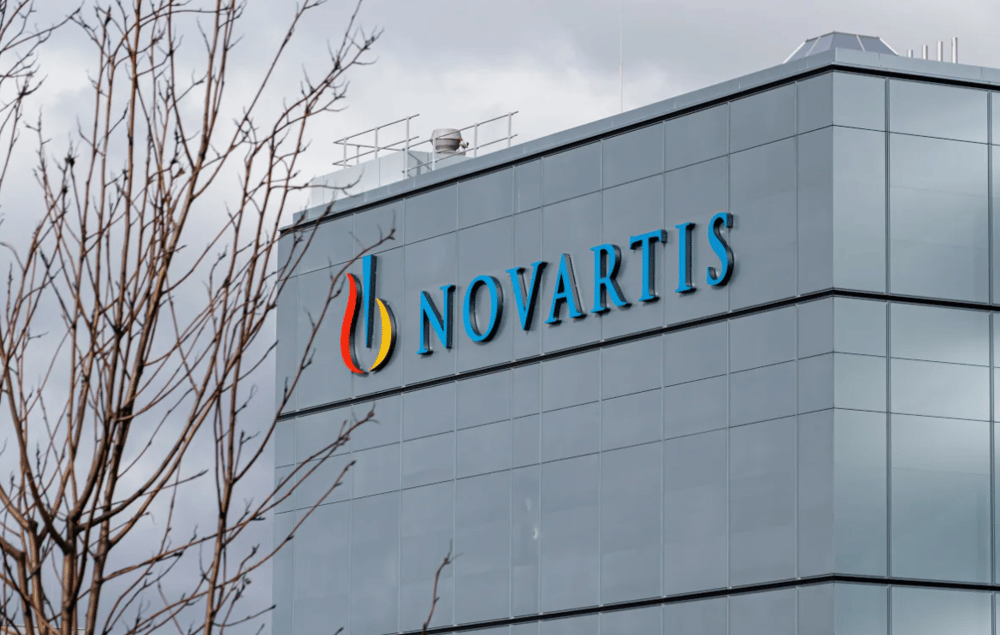
Broader Industry Reactions and Shifts in Pharmaceutical Manufacturing
Roche is not alone in confronting these uncertainties. Other major players such as Eli Lilly $LLY, Johnson & Johnson $JNJ, and Novartis $NVS have also announced major investment plans in the US. These moves are seen as strategic responses to the Trump administration’s efforts to encourage domestic pharmaceutical production and reduce reliance on international supply chains. The balance between regulatory demands and fostering innovation remains a delicate challenge for industry leaders.
Strategic Responses Shaping Pharma’s US Footprint
Increased Domestic Investment: Companies pledge billions to expand US manufacturing facilities and R&D centers.
Job Creation Initiatives: Investment plans include significant employment growth in high-skill sectors.
Regulatory Engagement: Pharma firms actively engage with policymakers to influence and adapt to new pricing policies.
Supply Chain Resilience: Emphasis on reducing dependency on foreign manufacturing amid geopolitical uncertainties.
Innovation Commitment: Continued focus on research and development despite pricing pressures.
Conclusion: Roche and the Pharmaceutical Industry at a Regulatory Crossroads
The executive order on drug pricing presents a complex scenario for Roche and its pharmaceutical peers. While the directive aims to make medications more affordable, the practical implications could stall significant investment projects critical to US industrial growth. Roche’s ability to adapt to regulatory changes and maintain its investment trajectory will be a key indicator of how pharmaceutical companies balance policy compliance with strategic expansion in a dynamic environment.


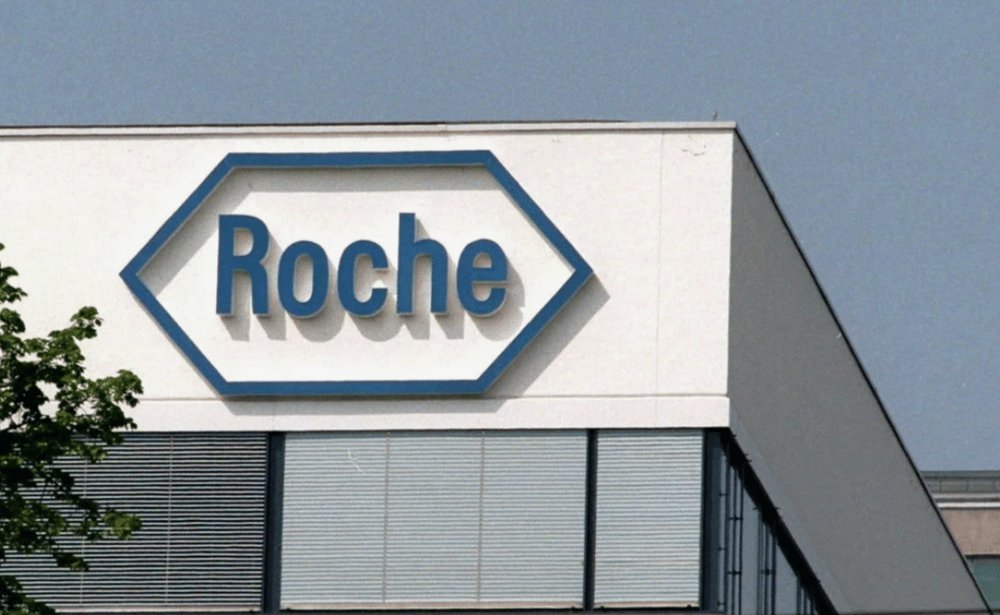

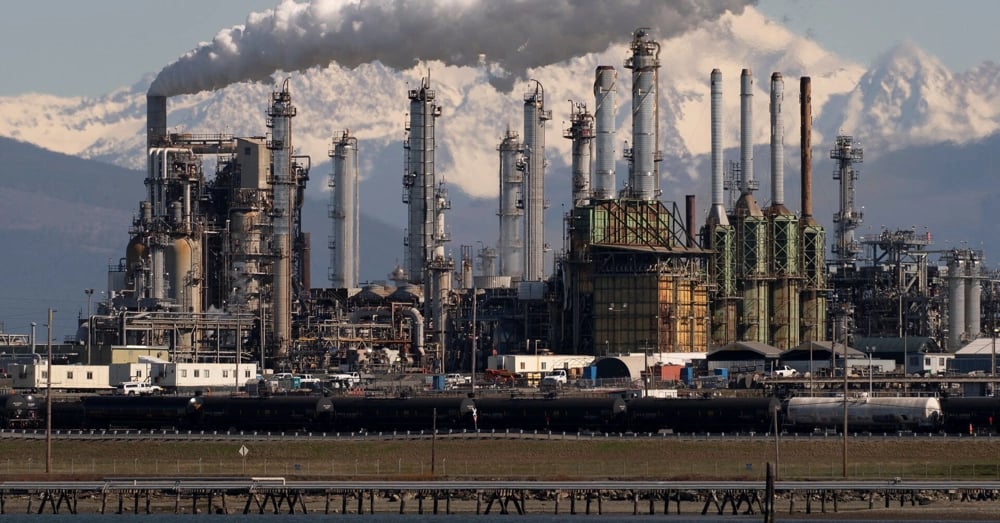




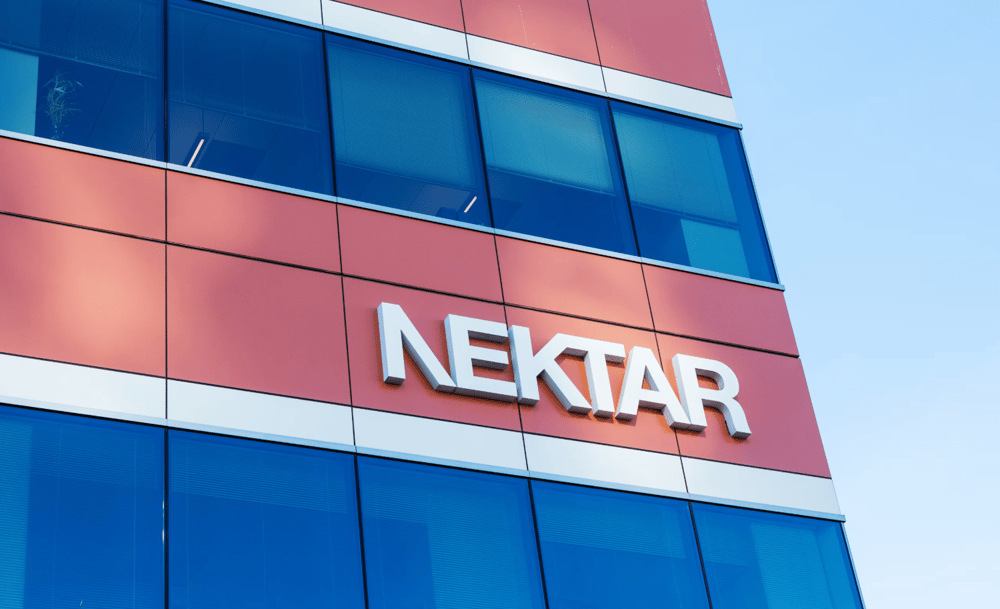
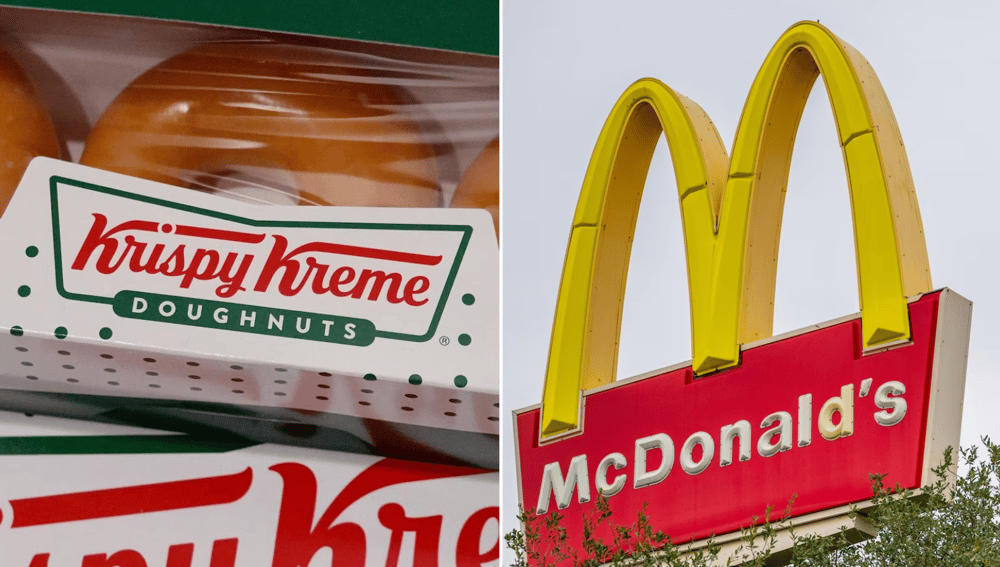
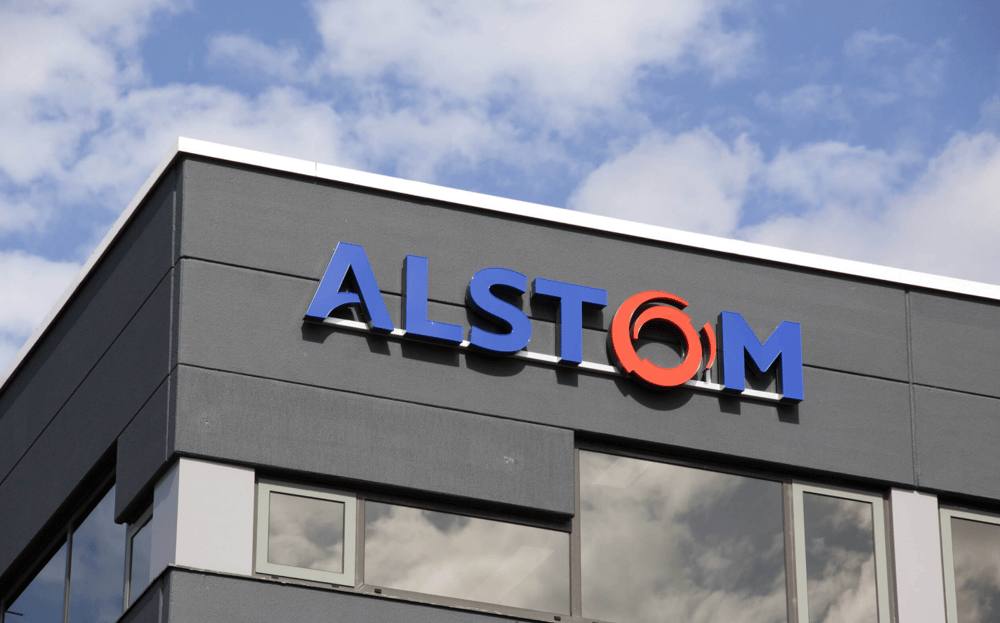

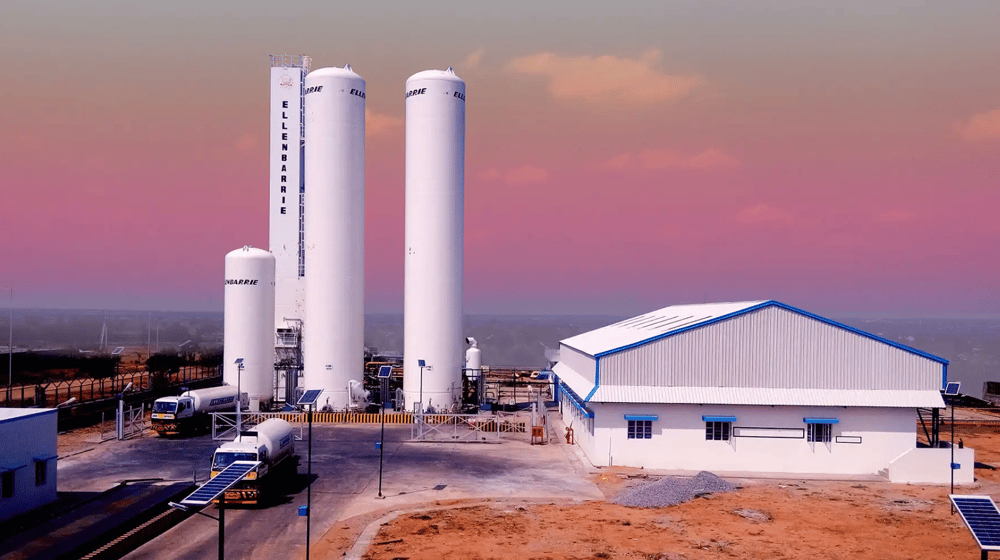

Comments